
Fine Classical, Instrumental, and Specialty Recordings
Label: Pomegranate Item Number: POM-CD-1924 Format: CD Year Recorded: 2005 Solaria: 20th Century Masterpieces for two Guitars SoloDuo
SoloDuo - Two Guitars 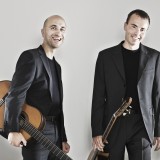 As SoloDuo, Matteo Mela and Lorenzo Micheli have performed throughout Europe, Asia, the USA, Canada and Latin America, and have been acclaimed everywhere - from New York's Carnegie Hall to Seoul's Sejong Chamber Hall and Vienna's Konzerthaus - as one of the best ensembles ever heard. About one of their performances, The Washington Post wrote: "the duo's playing was nothing less than rapturous - profound and unforgettable musicianship of the highest order." In addition to classic, romantic and modern repertoire, Matteo and Lorenzo - joined by lutenist Massimo Lonardi - enjoy exploring the early literature for baroque guitar and theorbo. Together, Matteo and Lorenzo have recorded Francois de Fossa's Three Quartets, op. 19 (Stradivarius 2004), a CD of 17th century Italian music for baroque guitar, archlute and theorbo ("La Suave Melodia", Stradivarius 2008), "Solaria", an anthology of 20th century masterpieces for two guitars (Pomegranate 2007), the Duos Concertants by Antoine De Lhoyer (Naxos 2007), a collection of chamber works by Mauro Giuliani (Amadeus 2008), a collection of 19th century pieces for two guitars ("Noesis", Pomegranate 2009), the Sonatas of Ferdinand Rebay (Stradivarius 2010), the Arias and Cantatas of Alessandro Scarlatti (Stradivarius 2012) and the 24 Preludes and Fugues by Mario Castelnuovo-Tedesco (Solaria 2012), as well as a dozen solo recordings on the labels Naxos, Brilliant Records, Kookaburra, Mel Bay, and Stradivarius. Matteo resides in Geneva, Switzerland, where he teaches at the Conservatoire Populaire. Lorenzo lives in Milan, Italy, and teaches both at the CSI Conservatory in Lugano, Switzerland, and the Conservatory of Aosta, Italy. For further information, please visit www.soloduo.it, www.matteomela.it and www.lorenzomicheli.com It was only in the nineteen-twenties that guitar composition shook off its late Romantic torpor and experienced a rebirth, inspired by the powerful impression created by the first performances of Andrés Segovia. The guitar duo repertory, however, struggled a little longer to find two performers of reference capable of stimulating the creativity of composers. There was certainly no lack of historical models: quite apart from the small number of seventeenth century examples, a certain number of duo works by Carulli, Diabelli, Giuliani and Sor must have been the common heritage of the guitarists of that era, as is demonstrated by the many printed editions and hand-written copies which were circulating at the beginning of the century (in particular in German-speaking countries). Yet partly through the absence of regular duos at an international level, partly through the tendency of guitarists to fall back on the arrangement of the already-existing repertoire (examples of this are the transcriptions that Miguel Llobet prepared for the concerts with his pupil Maria Luisa Anido) and to some extent also due to the dominant influence of the Segovian myth of the soloist, it was necessary to wait still longer for guitar duo composition to recover the ground lost. It was only at the beginning of the nineteen-fifties that the brilliant career of the French guitarists (of Italian origin) Ida Presti and Alexandre Lagoya made known, to a worldwide audience, the duo's fascinating mixture of timbres and resonant and harmonic potential: in the space of fifteen years the works of, among others, André Jolivet, Pierre-Petit e Daniel-Lesur were published. Mario Castelnuovo-Tedesco, too, had the opportunity to hear and appreciate Presti and Lagoya. The Florentine pianist and composer (1895-1968), exiled to the United States from 1939, concentrated his contribution to composition for the duo into a period which was brief but impressive in its commitment and inspiration. Between 1961 and 1962, in fact, Castelnuovo-Tedesco wrote his double Concerto op. 201 for two guitars and orchestra, a cycle of twenty-four preludes and fugues (Les guitares bien tempérées op. 199) and the Sonatina Canonica op. 196. Bearing the same title as the piece for pianoforte written nearly twenty years before by his friend Luigi Dallapiccola, the Sonatina is a scintillating exercise in bravura composition, constructed on the counterpoint of the canon (which the composer had employed extensively right from the time of Raggio verde op. 9). In writing for two guitars, Castelnuovo-Tedesco always opts for a sharp separation of registers - the first guitar is given the medium-high, the second the middle-low - thus increasing the theatrical effectiveness and the dramatic quality intrinsic to the canon and creating a sense of dynamism and restlessness which will be recomposed only in the closing passage of every movement, or sporadically in some central episodes (like in the "quasi musette" of the first movement, or in the sections for thirds and broken sixths of the melancholy Siciliana). In 1959, two years before the Sonatina Canonica, Joaquín Rodrigo (1901-1999) had composed, for Presti and Lagoya, the Tonadilla. In the Spanish musical theatre of the eighteenth century a Tonadilla, analogously to the Italian Intermezzo, was a brief comedy of satirical content, composed of recitatif, choral parts and arias: in effect, Rodrigo's Tonadilla is simply a theatrical representation filled with light and shadows, dense with well-characterized and well-sculpted rhythmic figures, from the restless Allegretto ma non troppo of the opening to the aristocratic Minueto Pomposo, to the humorous final Allegro vivace. The dissonances, ostentatious to the point of insolence, with their intentionally redundant and Baroque spectacle - at times it is almost violent - conceal melodic figures, harmonic successions and rhythmic gesture tinged with antiquity, allude to an image of Spain which no longer exists, or perhaps has never really existed, create canvases with bright, full colors. Before our eyes appears that which the Spanish musicologist Joaquín Arnau Amo has termed, in speaking of the music of Rodrigo, "la ambiguedad de lo antiguo y lo moderno". In 1967, unexpectedly, Ida Presti died. The news provoked grief and dismay in the world of music. For her, Castelnuovo-Tedesco composed the Fuga Elegiaca, one of his last works, and Rodrigo dedicated his Concierto Madrigal "a la memoria de Ida Presti". Composition for two guitars was deprived of its most important ambassador, but the seed had now given fruit and duos were springing up all over the world. The baton was passed, curiously, to two pairs of Brazilian brothers: Sergio and Eduardo Abreu, who immediately left their meteoric trail through the concert halls (their artistic activity lasted only about ten years), and, above all, Sergio and Odair Assad. It was to the Assad duo that the Suite Retratos of Radamés Gnattali (1906-1988) was dedicated. The son of an Italian anarchist pianist who gave him a name which evoked Verdi (his sister's and brother's names were Aida and Ernani respectively), Gnattali studied at the Porto Alegre Conservatoire and made his debut as a composer in 1930, when his Rapsódia Brasileira for piano was presented at Rio de Janeiro. In addition to classical music, Gnattali very soon began to dedicate himself actively to the diffusion of popular music in the role of arranger, conductor, pianist, violinist and composer. The Suite Retratos, probably his best known work, has a rather complicated history. The composer began to work on it in 1956, in a version for bandolim (a sort of Brazilian mandolin) and strings dedicated to Jacob Pick Bittencourt. Years later, in 1979, Gnattali arranged the part for strings for a "conjunto", a group composed of three guitars, cavaquinho and pandeiro. A third version, adapted for the mandolin player Joel Nascimento and his group, the Camerata Carioca, dates from 1979; shortly afterwards, in chronological order, the adaptation for two guitars made its appearance: it was dedicated to the Assad duo. The four movements of the Suite are portraits of four fathers of Brazilian music, whose name they bear: with a procedure of stylistic assimilation, Gnattali aimed to recreate their idiom. Alfredo da Rocha Vianna (1897-1973), whose nickname was "Pixinguinha", was one of the greatest composers of choro of all times (it is he who wrote the celebrated Carinhoso, which inspired the retrato). The second movement has various affinities, above all in the alternation of moderato and more mosso sections, with the waltz Expansiva by Ernesto Nazareth (1863-1934); the third, Anacleto de Medeiros, faithfully reproduces the opening bars of the "schottisch" Três Estrelinhas by Anacleto de Medeiros (1866-1907). The fourth and last movement deserves a little more explanation. Francisca Edwiges Neves Gonzaga, known as "Chiquinha" (1847-1935), the natural daughter of a wealthy military man, was brought up according to the dictates of high society in the reign of the Emperor Pedro II, and grew up listening to polkas, maxixes, waltzes and modinhas, which nourished her very precocious musical talent. A marriage which ended when she was still young contributed decisively to her move towards composition - a difficult enterprise for a woman, in the Rio of the second half of the nineteenth century. Through her tenacity and talent, Chiquinha succeeded in entering, and gaining the respect of, the musical circles of the city and came into contact with the main local choríµes (groups of musicians). In 1885 she debuted as orchestral conductor in an operetta, and in the following years her popularity, as a conductor and composer, steadily increased. Chiquinha Gonzaga, whose catalogue consists of almost three hundred titles, personally led the battle for the recognition of copyright for Brazilian artists, contributing decisively - in 1917 - to the foundation of the Sociedade Brasileira de Autores Teatrais (SBAT). Corta-jaca, a sort of peasant dance, was composed by her in 1895 with the original title Gaúcho for the operetta Zizinha Maxixe. Also classified as "tango brasileiro" or "maxixe" (a dance considered to be rather improper), the piece scandalized Brazilian audiences for more than twenty years owing to the presumed licentiousness conveyed by the movements of the dance. At the turn of the twentieth century, it was renamed Corta-jaca and given words designed to be sung. Its popularity over the years was undimmed, so much so that in 1919 Darius Milhaud used an entire section of it for his ballet Le boeuf sur le toit. The reworking by Gnattali, who cites the original to the letter in the minor key section, restores to us a lively and authentically popular dance, characterized by continual repetitions of long sections with a syncopated rhythm. The Assad duo had the privilege of inspiring yet another great musician. By the beginning of the eighties, when he met the two Brazilian brothers in Paris, Astor Piazzolla was internationally famous: thanks to him, the tango had become a cultural phenomenon, a musical code universally shared both within the borders of Argentina and beyond. After having written Le Grand Tango (1982), dedicated to the violoncellist Mstislav Rostropovich, and before writing Four for Tango (1987) for the Kronos Quartet, the composer returned to the guitar, already treated in the Cinco piezas and in the concerto Homage í Liège for guitar, bandoneon and strings: thus the Tango Suite was born. Here all Piazzolla's linguistic elements - both those developed through his experience as a bandoneon player in the night clubs of Buenos Aires and those absorbed during his apprenticeship with Alberto Ginastera and Nadia Boulanger - come together in a synthesis of great beauty; and dissonances, polytonalities, polyrhythm, an abundance of modulations and progressions and a richness of colors, as well as a perfect balance reached in the concert between two instruments, make this work one of the milestones in composition for two guitars in the twentieth century. Lorenzo Micheli Milan, November 2006 Special thanks to Chiara and Giulia, indispensable as always; to Raffi Meneshian and Jonathan West. Also, grazie mille to Frank Koonce and Andrew Zohn, who first had the idea of the Soloduo. Matteo Mela and Lorenzo Micheli play two guitars made by Roberto de Miranda (Milan 2005), and use Galli strings For further information, please visit www.soloduo.it www.matteomela.it www.lorenzomicheli.com
Label: Pomegranate Item Number: POM-CD-1924 Format: CD Year Recorded: 2005 Virtuoso works by Astor Piazzolla, Joaquin Rodrigo, Radames Gnattali, and Mario Castelnuovo-Tedesco. Not Available | ||||||||||||||||||||||||||||||||||||||||||||||||||||||||||||||||||||||||||||
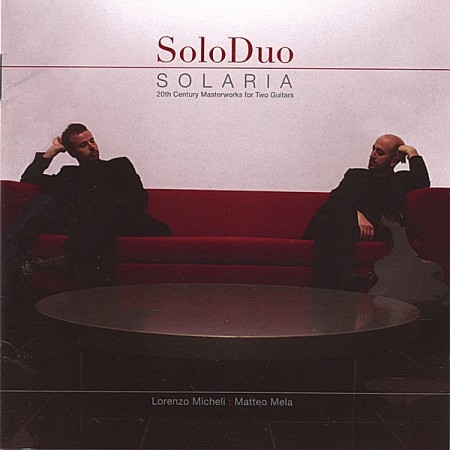
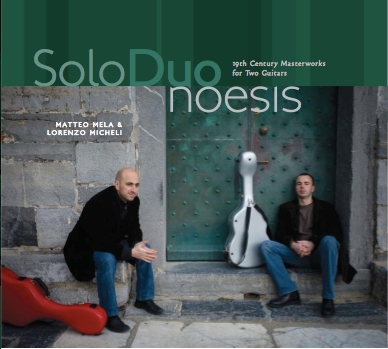
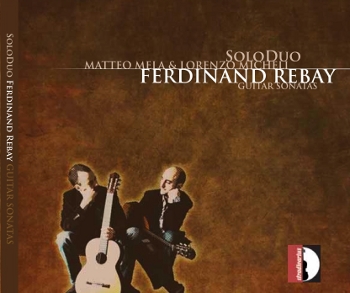
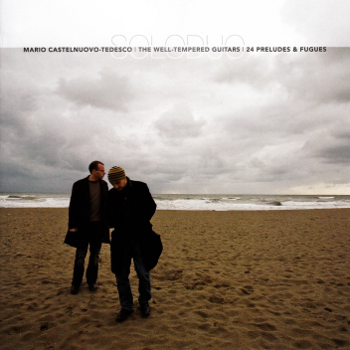
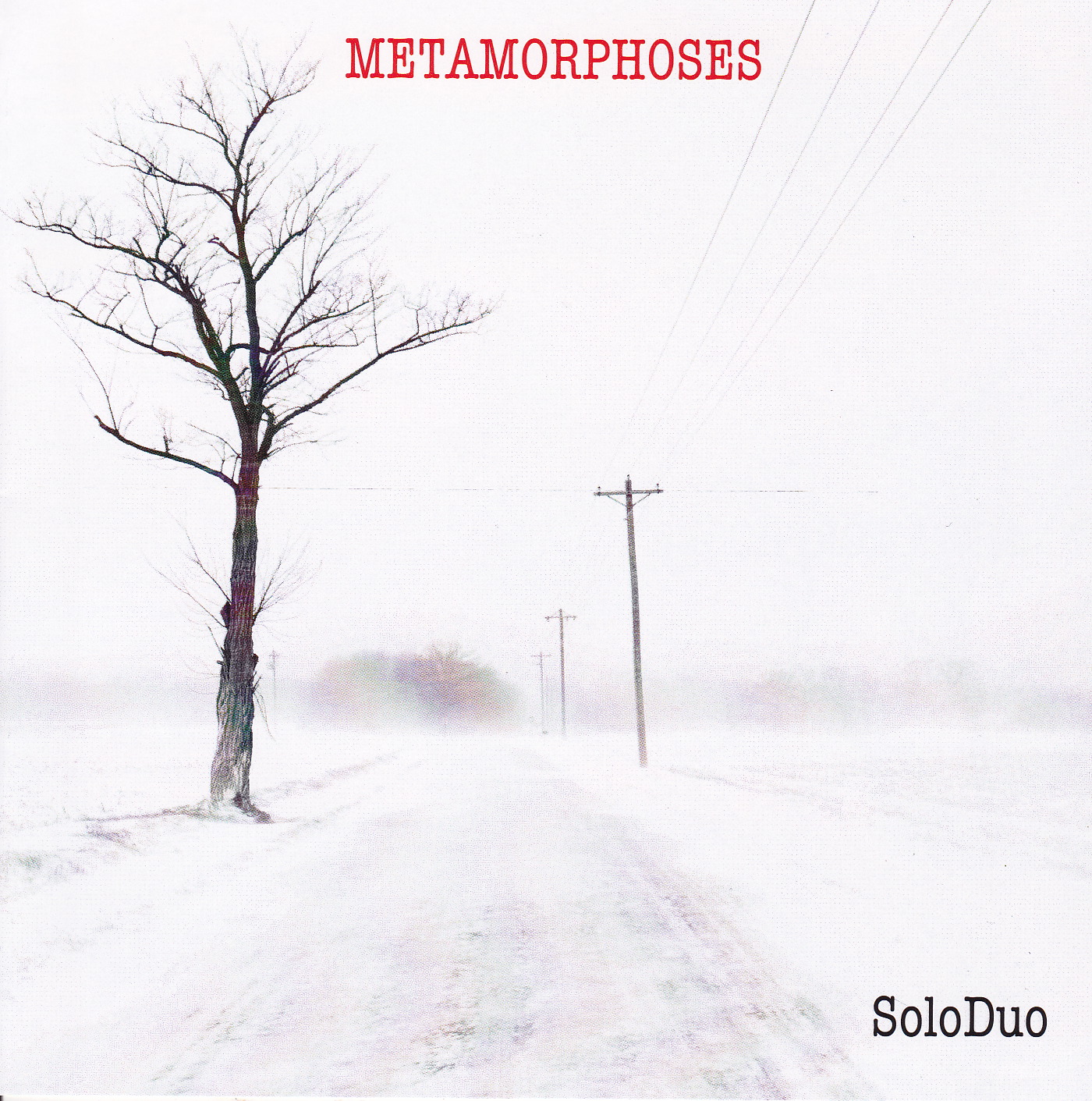
 Follow Us on Twitter
Follow Us on Twitter Follow Us on Instagram
Follow Us on Instagram Visit Our Partner Soundset Recordings
Visit Our Partner Soundset Recordings